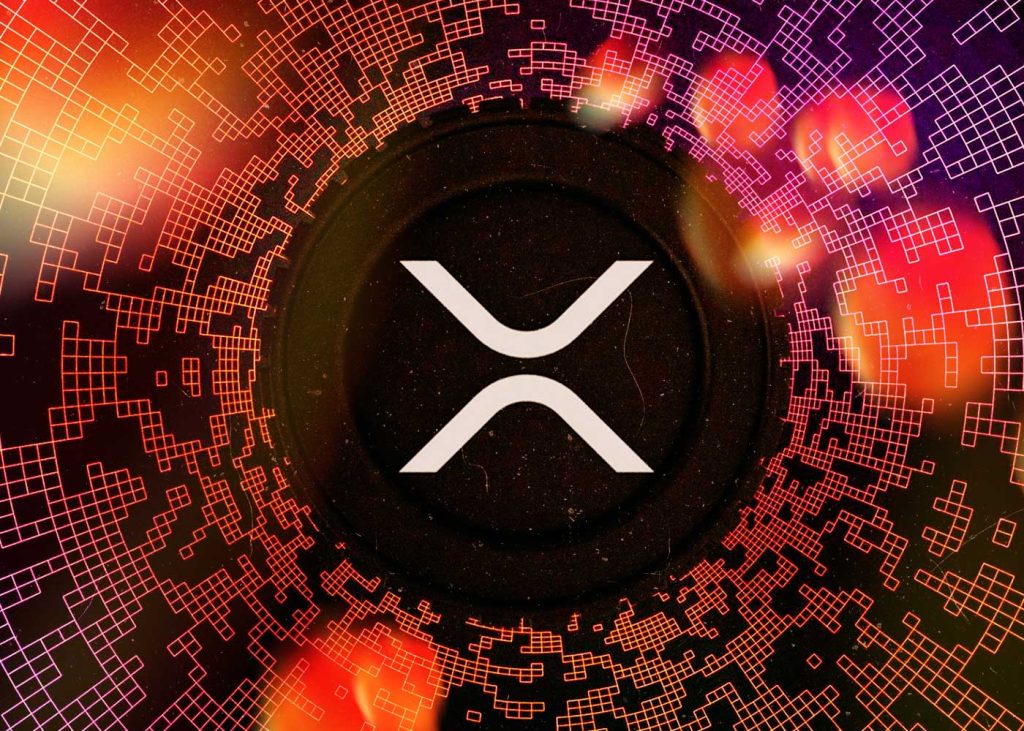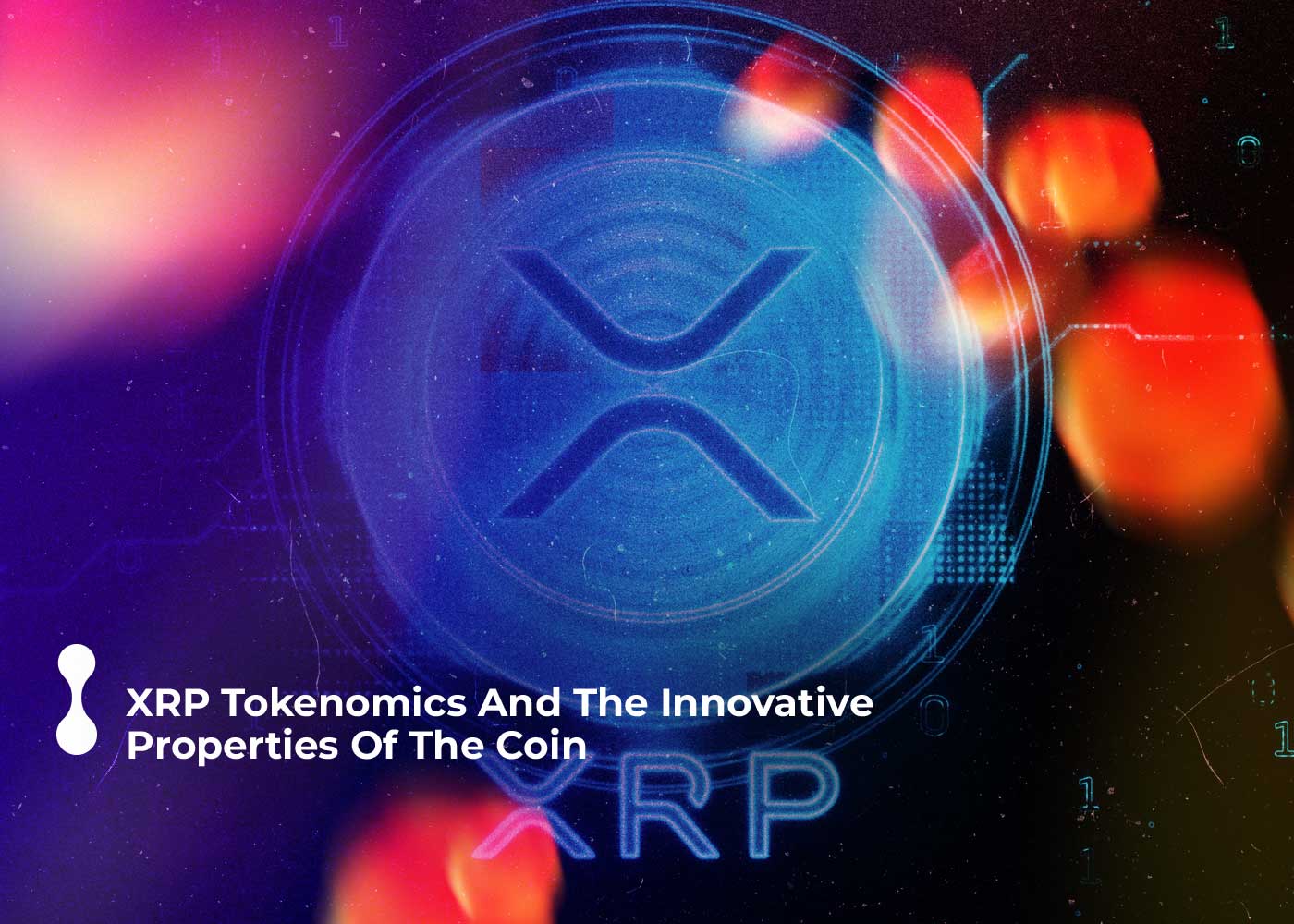Few coins have spent as much time in the top ten list of the most important crypto projects as XRP. It even temporarily topped Ethereum as the second-largest cryptocurrency by market cap in 2017 and 2018.
XRP, like many early crypto ventures, was designed to replace Bitcoin, the world’s first and largest cryptocurrency. The major goal of the project is to provide an alternate means for migrating transactions from centralized financial institutions’ databases to a more open, cheaper, and faster infrastructure. To be more precise, it is primarily aimed at cross-border transactions, which are extremely difficult and costly to perform in our old financial framework.

XRP Tokenomics: Let’s Have a Look
If we look at the XRP tokenomics, the cryptocurrency was launched with 100 billion XRP tokens, and the quantity has remained constant since then. That is why XRP is referred to be a pre-mined cryptocurrency. The maximum token supply, however, was not released into the market entirely at once. Instead, just a tiny quantity is readily available for trading on the markets.
The underlying distributed ledger contains 55 smart contracts with a total value of 1 billion XRP tokens. These smart contracts are set up to release 1 billion tokens into the marketplace every month for the next 55 months. As a result, the circulating supply grows by one billion each month. The current circulation supply is around 48.34 billion XRP tokens, with the remainder kept in escrow.
But, investors should be aware that just the top 100 wallets control more than 60% of the supply, raising questions about the cryptocurrency’s decentralization. Moreover, the Ripple business owns an additional 6.5 billion XRP, bringing the total circulating supply to around 42 billion tokens. XRP is likewise a deflationary coin since its total supply decreases with time.Despite the fact that the project was launched with 100 billion pre-mined tokens, the overall supply has been reduced to 99,989,535,142 XRP as of August 2022. This is due to the fact that the modest charge associated with each transaction is eliminated after the transfer is finished. Therefore, after ten years, around 11 million tokens have been burnt as transaction fees.
